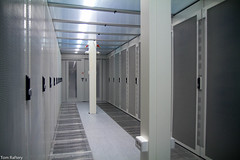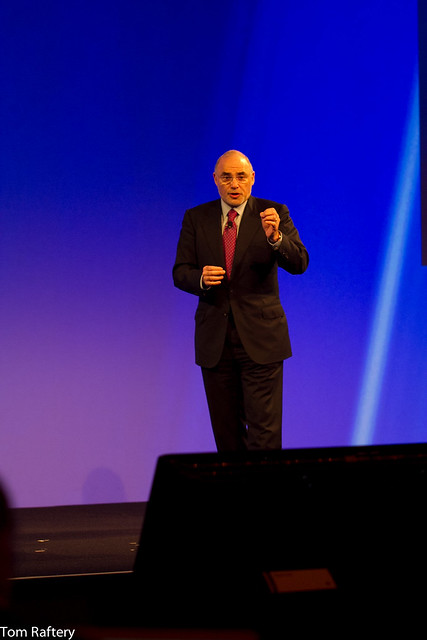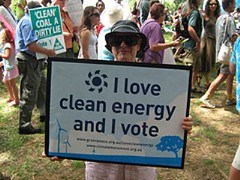
With great power comes great responsibility
This great quote from the movie Spider-Man, is just as true for technology, as it is for superheroes.
Technology has made possible tremendous changes in our quality of life in the last couple of decades. Everything from surgery to transportation, education to construction, space exploration and most other fields of human endeavour now depend heavily on IT. However, these great advances in our knowledge and abilities comes at a cost.
Information Technology’s carbon footprint, estimated by Gartner to be 2% of global carbon emissions in 2007, is rapidly increasing and by some estimates may even double by 2020. This is obviously an unsustainable situation. ICT, which can help so many organisations to reduce their carbon footprint, should itself be an shining example of low emissions.
To this end, the EU commission’s new ICT Footprint initiative is to be lauded. The announcement of the project on EU Commissioner Neelie Kroes blog gave the following details of the initiative:
This is why the European Commission has persuaded three leading standards development organisations and a prominent greenhouse gas accounting initiative to pool their measurement efforts. Under our new initiative these organisations will examine the whole sector, the whole lifecycle and the scalability of these methods.
That means measuring everything from the supply of raw materials to their recycling. Measuring not only what it takes to make products like a laptop, but also the impact of services like hosting data in the cloud. It means that in the near future we will be able to measure the ICT environmental footprint of whole cities or countries, including the positive environmental effects that ICT enables.
Several major ICT companies and organisations from Europe, Asia and the US are now trialling such measurement solutions. And from this month onwards, nearly 30 players have joined the European Commission to broaden and speed up the effort. We call on more and more such players to get involved.
It is tremendous to see this kind of global leadership from the EU. While this only applies to the EU, it does require the development of measurement and reporting systems for whole IT ecosystems and that can only be a good thing. In time, the hope would be that these systems are used well beyond the EU and by all IT providers.
The initial participants in the organisation are some of the better known large IT companies – BT, Alcatel-Lucent, Intel, Cisco, Hitachi, Telefonica, Fujitsu, SAP, Nokia, AMD, Dell, HP, etc. However, notably absent are the major Cloud providers. Where are Amazon, Microsoft, IBM, VMWare, RackSpace, Salesforce, even Google who have gone furthest arguably in reporting and reducing their emissions, are not participants.
I have lamented many times on this blog the lack of transparency of Cloud companies and they continue to prove me correct. Unfortunately.
Transparency around energy use and emissions is coming, have no doubt. Cloud companies will eventually have to report this information. They will be dragged into it screaming and kicking, but it will happen. Then we will be able to finally decide which provider to use based not just on price, but also on their impact.
In the meantime, if you are interested in reducing the impact of your Cloud computing, you could do worse than to check out MastodonC – a company that “selects the most efficient and sustainable location for your Hadoop job” and/or Greenqloud – a company offering public compute cloud using only renewable energy to power their cloud (their data centers are based in Iceland where 100% of the electricity comes from hydro and geothermal sources).
Photo Credit Greg and Mellina
Follow @TomRaftery








